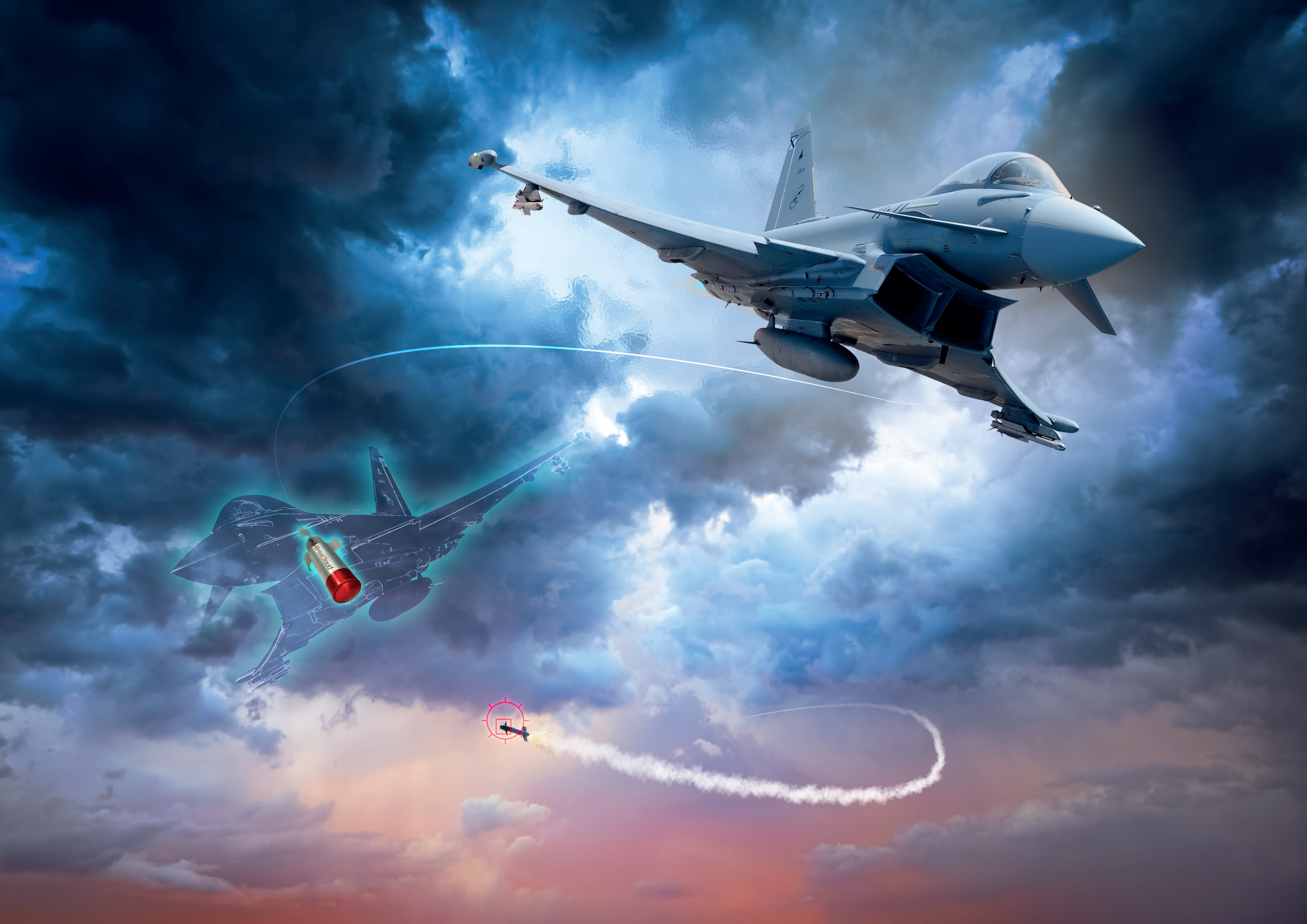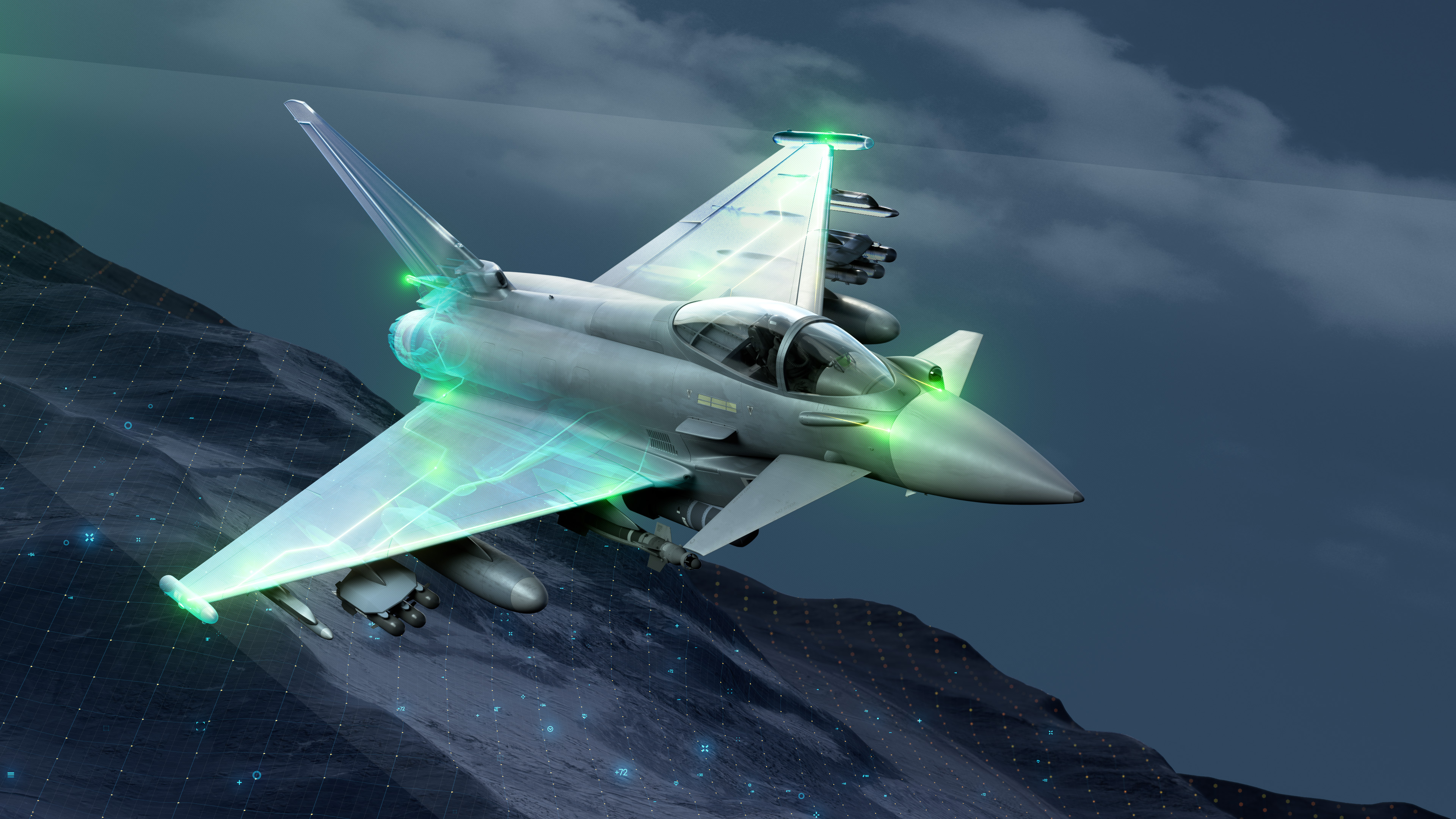In the air, land and naval domains, alongside conventional systems, operational forces have always tried to make strategic use of the electromagnetic spectrum to their advantage. By jamming enemy frequencies and radar signals, electronic attack is aimed at acquiring total control over the operational scenario. Given the high sophistication of current technologies, this type of attack can now be generated across all domains, including cyber and space, targeting communications, radar, radio and infrared systems.
Putting the enemy at a tactical and strategic disadvantage is essential to the success of any mission. To give operational forces full information superiority and an almost total capability for target acquisition, Leonardo has developed a range of self-protection systems and active and passive electronic countermeasures for disrupting and neutralising incoming threats, creating an effective defensive shield to protect aircrews and air, sea and land assets. These systems are able to operate in increasingly complex environments, and are also essential in safeguarding critical assets and infrastructure.

Leonardo’s solutions for the air domain enable operators to respond to and neutralise any possible threats rapidly and with precision. Individual sensors, integrated suites of aircraft self-defence measures (DAS – Defensive Aids System), and fully dedicated operational support to electronic protection systems (Electronic Warfare Operational Support - EWOS) provide assured surveillance and protection for aircraft and crews.
Historically, the protection of airborne platforms has always been ensured by multiple sensors ‘working’ towards a common objective, but not necessarily in harmony. MAPPS (Modular Advanced Platform Protection System), on the other hand, is a solution that uses a controller to moderate and control the entire system of sensors and effectors. By integrating different systems, MAPPS creates a broader picture of the electronic battlespace, enabling the threat to be prioritised and countered in an appropriate and synchronised way.



